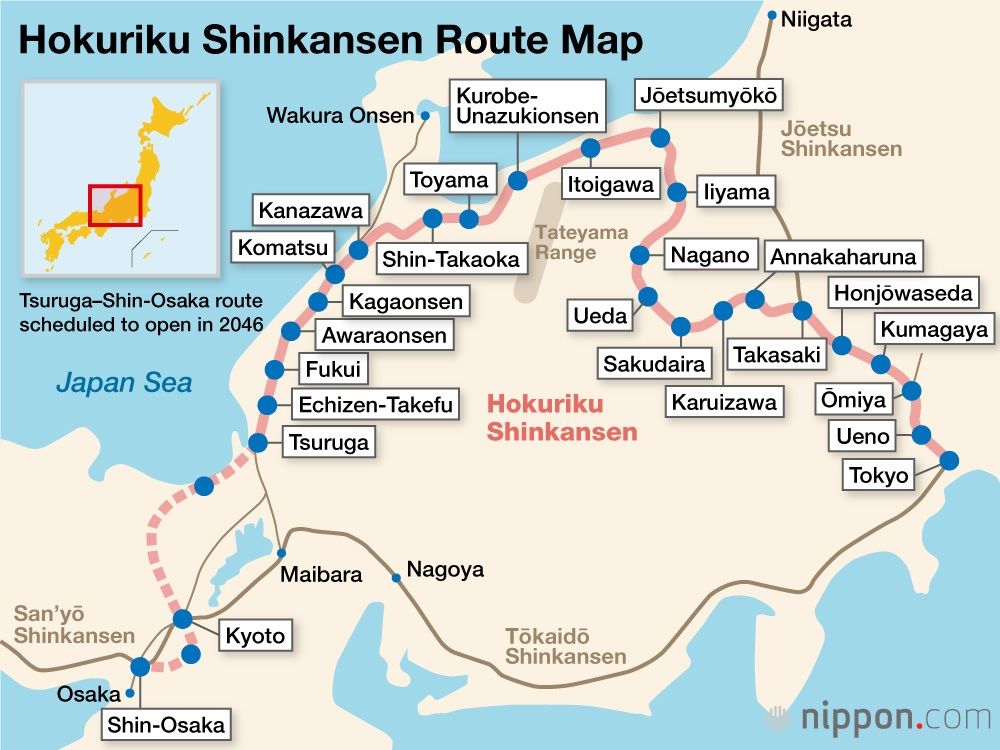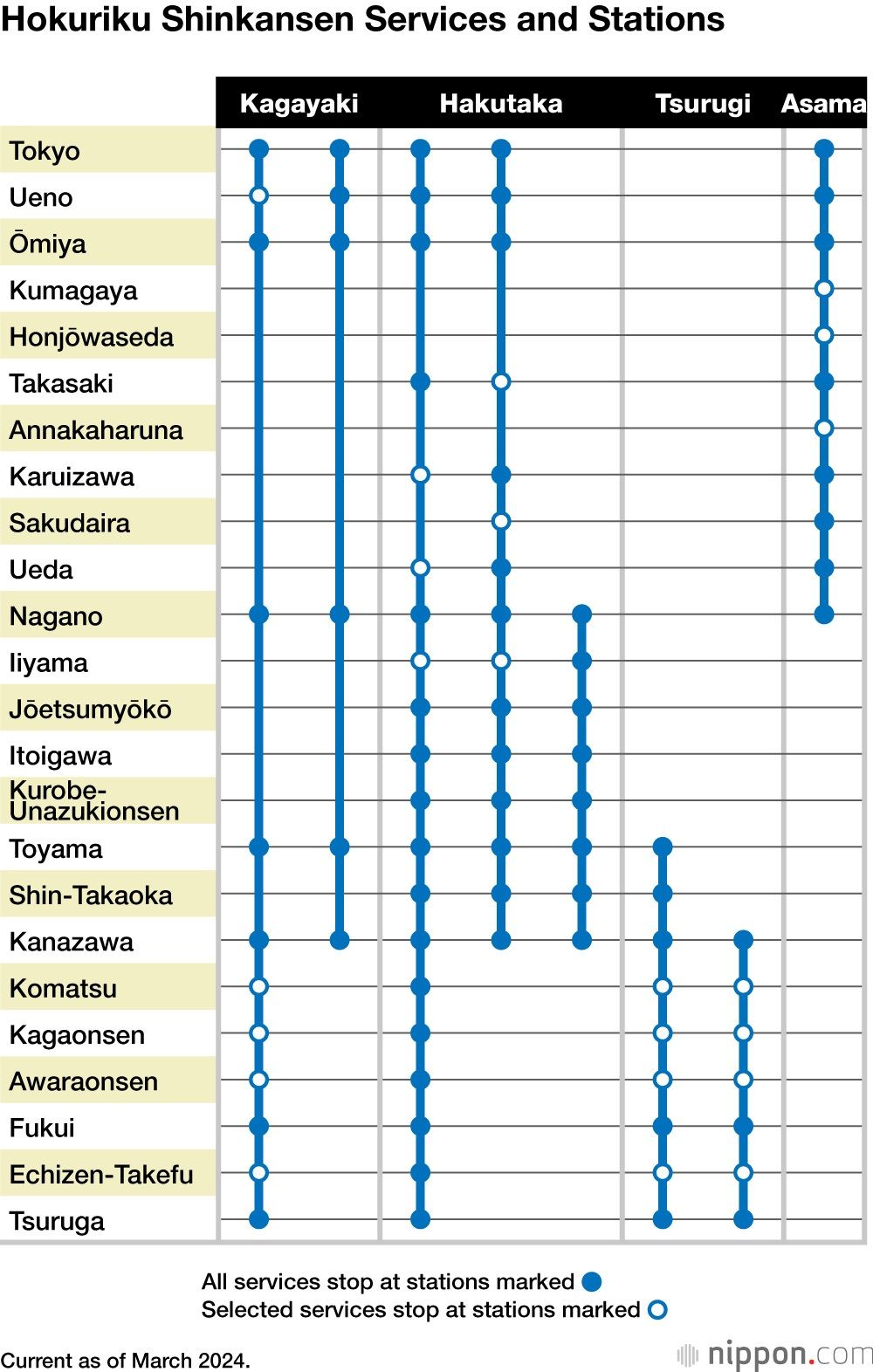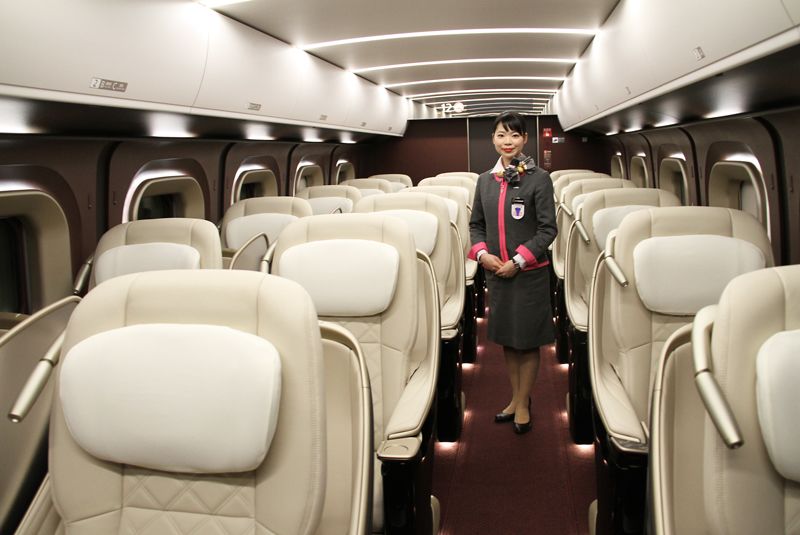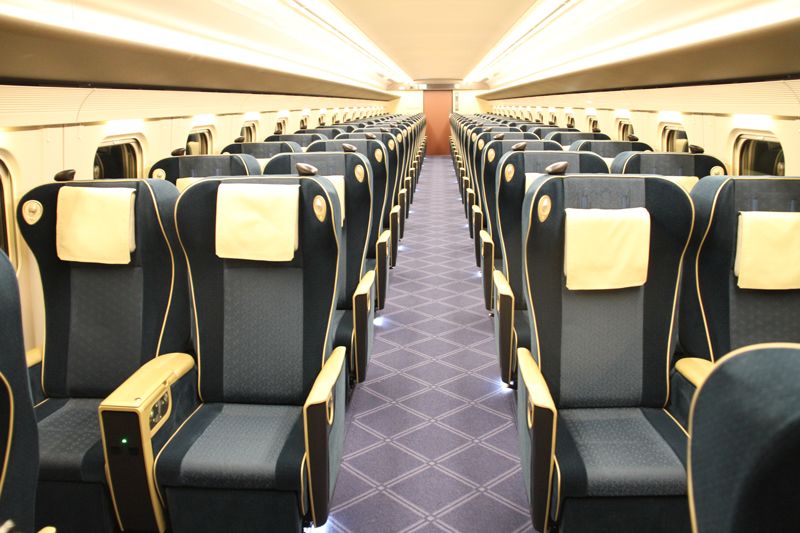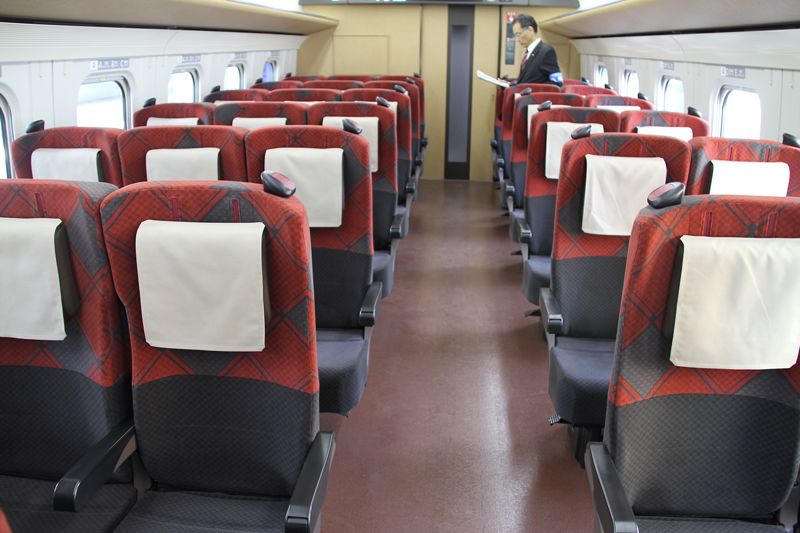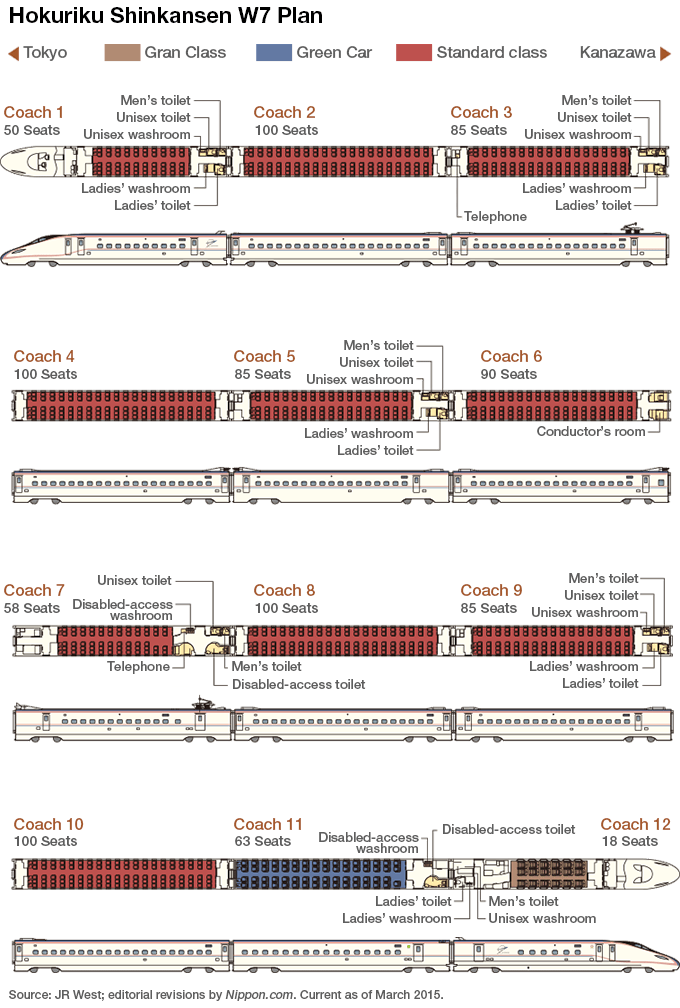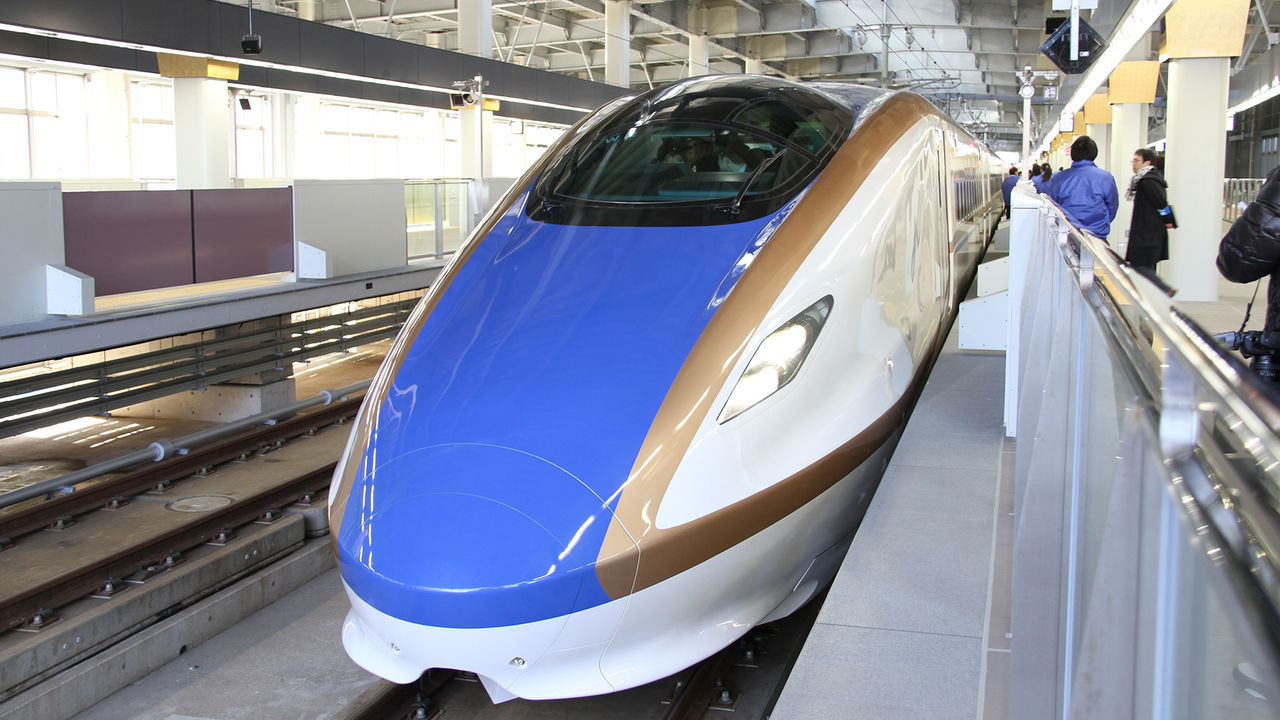
Hokuriku Shinkansen Guide: Routes, Trains, Seating, and Fares
Society- English
- 日本語
- 简体字
- 繁體字
- Français
- Español
- العربية
- Русский
Route Map
The Nagano Shinkansen, precursor to the Hokuriku Shinkansen, began its service between Takasaki and Nagano in October 1997. With the extension to Kanazawa in March 2015, the line changed its name to match the region that it now serves. Further expansion in March 2024 means that it runs directly from Tokyo to Tsuruga in Fukui Prefecture, passing through the Hokuriku prefectures of Toyama and Ishikawa.
Although it runs from Tokyo to Tsuruga, administrative boundaries in place since the privatization and division of the Japan National Railways in April 1987 mean that JR East has jurisdiction from Tokyo to the newly built Jōetsumyōkō Station, while JR West is in charge for the remainder of the route.
Carriages and Seating
The Hokuriku Shinkansen line features four distinct services. The Kagayaki express is the fastest of these, linking Tokyo and Kanazawa in 2 hours 25 minutes, and covering the Tokyo–Tsuruga span in 3 hours 8 minutes.
The Hakutaka service stops at almost every station between Nagano and Tsuruga, while the Tsurugi shuttle service connects Toyama and Kanazawa with Tsuruga. Passengers traveling on from Tsuruga can catch non-Shinkansen limited express services the Thunderbird to Osaka or the Shirasagi to Nagoya. The Shinkansen extension has cut travel time between Toyama and Osaka/Nagoya, including transfers.
The longstanding Asama service between Nagano and Tokyo (the former Nagano Shinkansen) remains in use.
Carriages and Seating
The entire fleet of Hokuriku Shinkansen trains is composed of E7 and W7 models.
Luxury Gran Class cars at the front of these trains feature 18 spacious, automated, reclining leather seats, each with a footrest and reading lamp. On the Kagayaki service, dedicated Gran-Class attendants are also on hand to serve light meals and drinks and to provide complimentary items.
This carriage is followed by the Green Car, featuring paired reclining seats either side of a central aisle. In standard class, every seat on each train is fitted with its own power socket. Alternate carriages feature washlet-style toilets with heated seats, and the train is also equipped with two wheelchair-friendly restrooms.
Fare Information
Fares may vary according to seat and carriage, but not among the individual services (Kagayaki, Hakutaka, etc.).
Standard Fares for Common Journeys from/to Tokyo
Tokyo–Nagano
- Standard class (unreserved): ¥7,810
- Standard class (reserved): ¥8,340
- Green Car: ¥12,000
- Gran Class B: ¥15,150
- Gran Class A: ¥17,240
Tokyo–Toyama
- Standard class (unreserved): ¥12,430
- Standard class (reserved): ¥12,960
- Green Car: ¥19,420
- Gran Class B: ¥23,620
- Gran Class A: ¥27,800
Tokyo–Kanazawa
- Standard class (unreserved): ¥13,850
- Standard class (reserved): ¥14,380
- Green Car: ¥20,840
- Gran Class B: ¥25,040
- Gran Class A: ¥29,220
Tokyo–Fukui
- Standard class (unreserved): ¥15,280
- Standard class (reserved): ¥15,810
- Green Car: ¥23,660
- Gran Class B: ¥27,860
- Gran Class A: ¥32,040
Tokyo–Tsuruga
- Standard class (unreserved): ¥15,830
- Standard class (reserved): ¥16,360
- Green Car: ¥24,210
- Gran Class B: ¥28,410
- Gran Class A: ¥32,590
Fares are as of March 2024. Excluding unreserved seats, tickets are discounted by ¥200 during the off season but increased by ¥200 during the peak season, and by ¥400 at the busiest times of year (Golden Week, Obon, and around New Year). Gran Class B prices apply to carriages without attendants and meal and drink services.
Using a Japan Rail Pass
Travelers with a valid Japan Rail Pass may make use of any Hokuriku Shinkansen service for no additional fee. There are two types of ticket: ordinary ones granting access to standard class and Green Car tickets. In order to enjoy Gran Class, however, additional fees are required. For a journey between Tokyo and Kanazawa, for example, passengers will be charged ¥21,740 in total.
Rail Pass travelers should note that with the opening of services between Kanazawa and Tsuruga, control of several local lines that follow the same route switched from JR to other rail companies. The Japan Rail Pass is no longer valid on such routes.
(Translated from Japanese. Banner photo: A W7 model Hokuriku Shinkansen train. © Nippon.com. All information is current as of April 2024).
